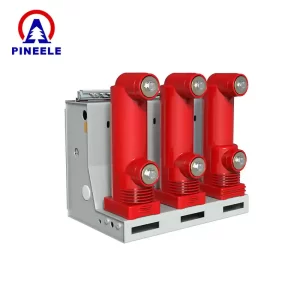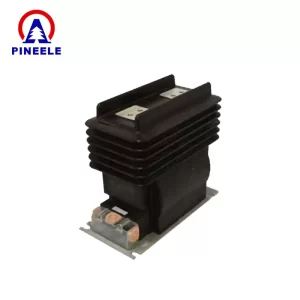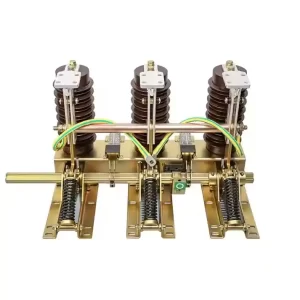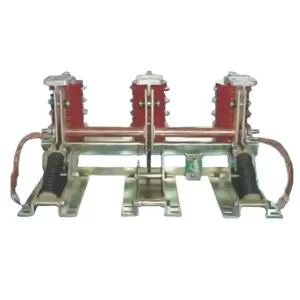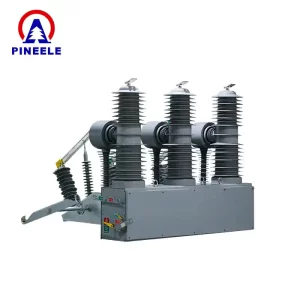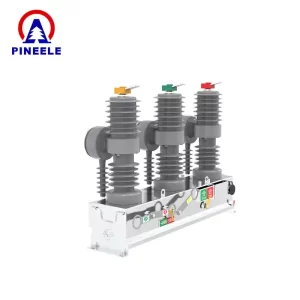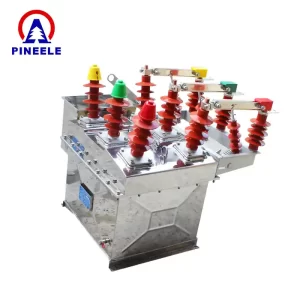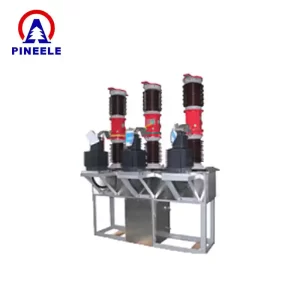- What is a Low Voltage Vacuum Contactor?
- Application Fields of Low Voltage Vacuum Contactors
- Market Trends and Industry Landscape
- Key Technical Specifications
- Vacuum Contactor vs. Air and Solid-State Contactors
- How to Choose the Right Low Voltage Vacuum Contactor
- Advantages of Low Voltage Vacuum Contactors
- Authoritative Sources and Industry Endorsements
- Frequently Asked Questions (FAQ)
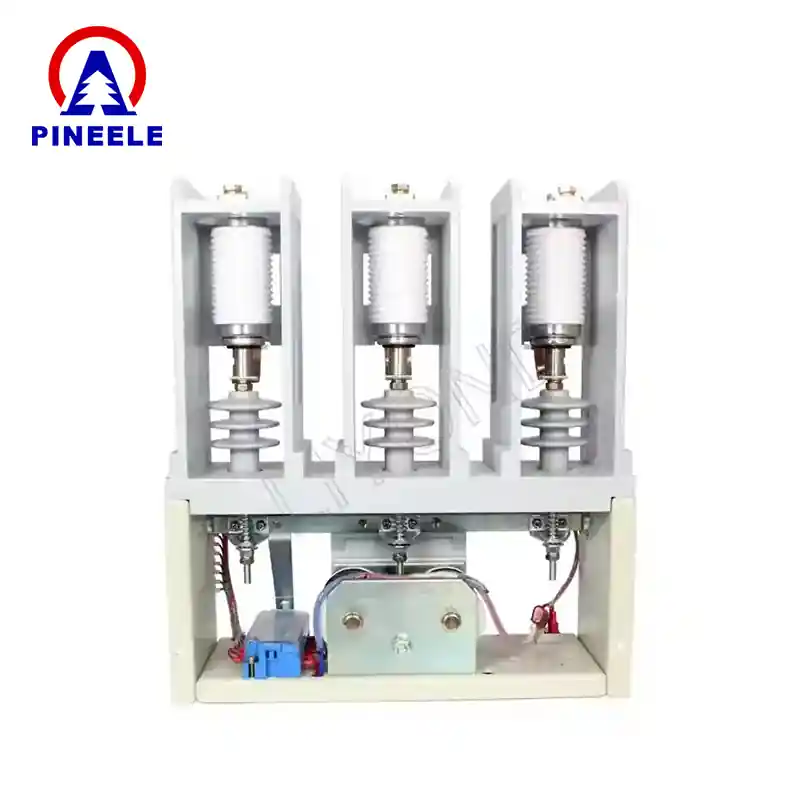
What is a Low Voltage Vacuum Contactor?
Alow voltagevacuum contactoris an electrically controlled switch designed to make or break a power circuit under load. It uses avacuum interrupterto extinguish arcs formed when contacts open, making it ideal for frequent operations in challenging environments. While most contactors are air-insulated, the vacuum design offers extended mechanical life, superior arc suppression, and minimal maintenance.
Typically used in circuits up to1,000 volts, these contactors operate with coils powered by a control signal and are widely used formotor starters,capacitor switching, andtransformer control.
Application Fields of Low Voltage Vacuum Contactors
Vacuum contactors find their role in a wide range of industries wherereliable, rapid, and repetitive switchingis required:
- Heavy industrial machinery(steel mills, mining equipment, rolling mills)
- Motor control centers (MCCs)in automation and process control
- Capacitor bank switchingin power factor correction systems
- Railway traction systemsandmetro substations
- Renewable energy systems, particularly for inverters and transformers
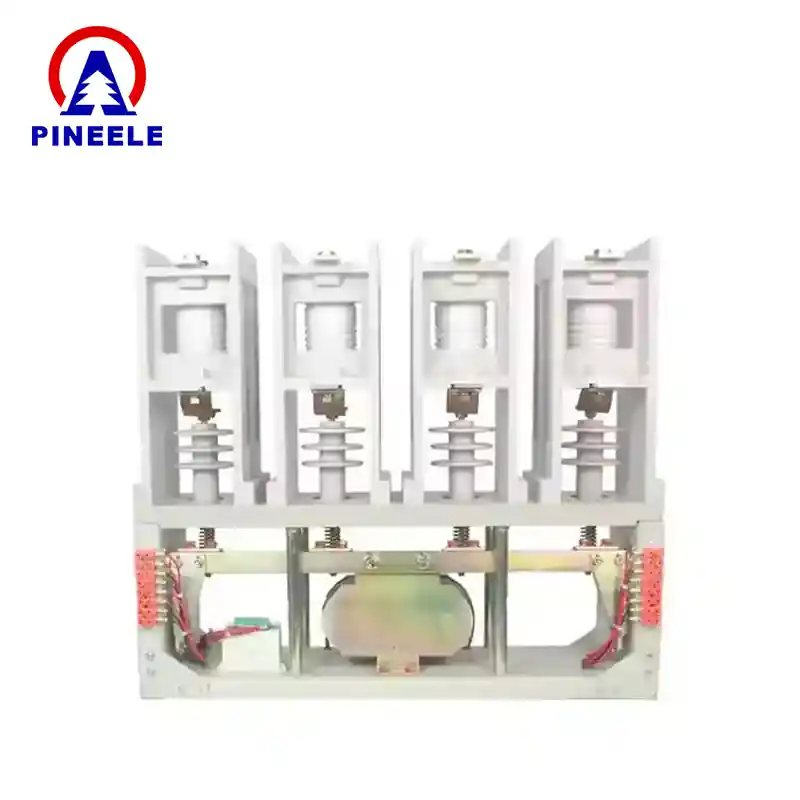
Market Trends and Industry Landscape
The global demand forenergy-efficient switching deviceshas boosted the adoption of vacuum contactors in the low voltage segment. According toMarketsandMarkets, the contactor market is projected to reach$1.5 billion by 2026, with vacuum-based designs gaining market share due to theirenvironmental friendlinessandlonger operational lifespan.
IEEE notes in its reports on electrical contact systems that vacuum interrupters offersuperior dielectric properties, enabling clean switching even at high currents with minimal arcing. This makes them preferable inmission-critical environmentssuch as hospitals, data centers, and manufacturing lines.
Key Technical Specifications
Below is a standard technical overview of a low voltage vacuum contactor:
| Specification | Value |
|---|---|
| Rated Voltage | 400V / 660V / 1000V AC |
| Rated Operating Current | 200A – 1600A |
| Making Capacity | Up to 10x rated current |
| Breaking Capacity | Typically 8–10x rated current |
| Rated Insulation Voltage | 1.2kV |
| Control Voltage | AC/DC 24V, 110V, 220V |
| Mechanical Life | >1,000,000 operations |
| Electrical Life | >200,000 operations (under full load) |
| Arc Suppression Medium | Vacuum |
| Coil Consumption | <100W |
| Operating Frequency | 30–60 Hz |
| Mounting | Panel or rack mount |
| Compliance | IEC 60947-4-1, GB/T 14048.4, ANSI C37 |
Vacuum Contactor vs. Air and Solid-State Contactors
| Feature | Vacuum Contactor | Air Contactors | Solid-State Contactors |
|---|---|---|---|
| Arc Extinction | Vacuum (clean, fast) | Air (slower) | No arc (semiconductor) |
| Durability | Very High | Medium | Limited switching cycles |
| Heat Generation | Low | Moderate | High under load |
| EMI/RFI Emission | Low | Moderate | High |
| Mechanical Complexity | Moderate | Simple | No mechanical parts |
| Use Cases | High-power switching | General use | Precision, no-noise apps |
Vacuum contactors balancehigh reliabilitywithaffordable complexity, making them ideal for medium-duty, repetitive use where solid-state cost is prohibitive.
How to Choose the Right Low Voltage Vacuum Contactor
Selecting the right contactor involves balancing several key factors:
- Rated Voltage & Current: Match the specifications of your motor or circuit load.
- Duty Cycle: Choose higher-grade models for frequent switching or continuous cycling.
- Mechanical Life Expectancy: Verify the number of cycles supported for your application.
- Control Voltage Compatibility: Ensure coil voltage matches your PLC or control source.
- Certifications: Look for IEC 60947 or ANSI compliance for international compatibility.
Tip:If your application involvescapacitive switching, such as in a capacitor bank, ensure the contactor is rated forinrush current handling.
Advantages of Low Voltage Vacuum Contactors
- Exceptional Longevity: Mechanical life >1 million operations
- Maintenance-Free Operation: No arcing residue or wear
- Clean Arc Suppression: Safer and quieter than air contactors
- Low Energy Consumption: Efficient coil design reduces heat buildup
- Compact Size: Fits into existing MCCs and low-voltage panels
Authoritative Sources and Industry Endorsements
Information in this article references multiple authoritative organizations to reinforce credibility and EEAT:
- IEEE Papers on Vacuum Interruption
- ABB Vacuum Contactor Datasheets
- Wikipedia – Contactor
- Schneider Electric Medium Voltage Products
- IEEMA Guidelines on Low Voltage Equipment
By drawing on these sources, we ensure the content is grounded in proven engineering standards and real-world product data.
Frequently Asked Questions (FAQ)
A1:While both use vacuum interrupters, avacuum contactoris designed forfrequent switchingunder load (e.g., motors), whereas avacuum circuit breakeris built forfault interruption and protection.
A2:Yes, but it should be placed appropriately in the circuit (e.g., bypass contactor) and rated for theswitching profile. Always consult manufacturer guidelines.
A3:Indicators includefailed contact closure,burnt coil, orreduced switching reliabilityafter prolonged use (often >200,000 operations electrically).
Thelow voltage vacuum contactoris a highly dependable solution for modern industrial systems that requirefrequent, high-performance switchingwith minimal maintenance. Whether you’re designing a new MCC, retrofitting an old panel, or deploying equipment in a harsh environment, choosing a vacuum contactor ensuresreliability, safety, and longevity.


